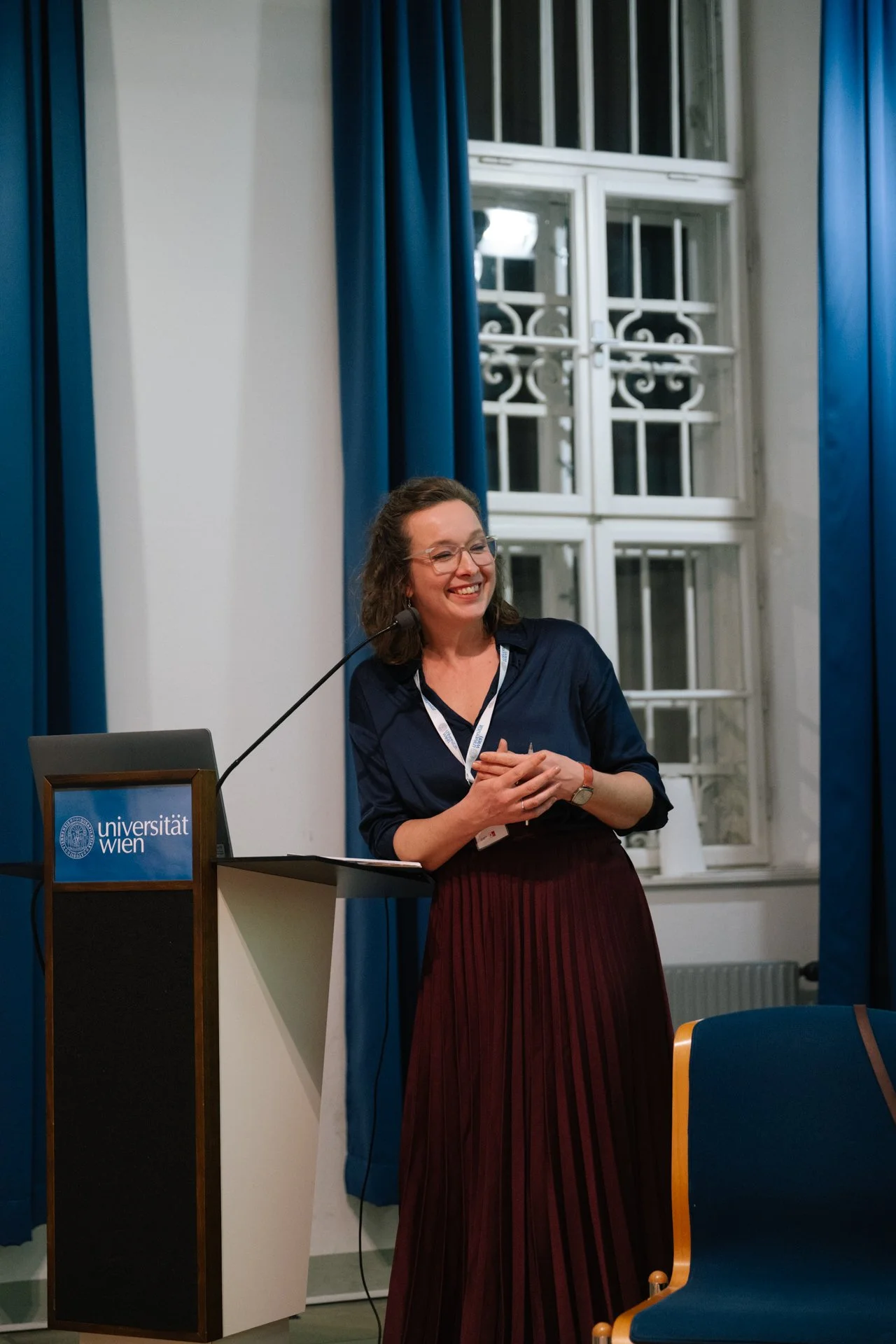Reporting on the Third Meeting of the Civil Sphere Theory Working Group
It was the intellectually brilliant, if not tragic, figure of Stefan Zweig who said that “one must be convinced to convince, to have enthusiasm to stimulate the others.” Aside from the fact that he was Austrian, a more pertinent reason for citing Zweig is that his words capture something of how I feel when I recall my experience of the recent CST Working Group conference. I draw your attention specifically to Zweig’s use of the word “enthusiasm.” I am British and I study cultural representations and cultural imaginaries. The British are not known for their unbridled enthusiasm. Hence, when I say that the conference was one of the most welcoming and intellectually stimulating conferences I have ever attended, I do so in the knowledge that I will have to work doubly hard to convince others that I am myself convinced by this rare display of enthusiasm. I say it again - what a genuinely wonderful event!
As some of you may have heard me say on the final day of the conference, there is little that enthuses and stimulates me more than encounters with other cultures and people from other cultures. We know all about Habermas’ vision of an “ideal speech community.” My ideal speech community is one made up of people from other countries and cultures. Such a scenario, of course, can only be realized if people work hard to make and maintain binding forms of inter-cultural representations and relations. My own work explores exactly these types of relations and processes – the theory of the Civil Sphere that we were all in Vienna to discuss, belongs to us all, so to speak, thanks to Jeffrey Alexander.
Hosted by the University of Vienna, and drawing in more than 60 participants, the conference ran from October 22-24, 2025. The conference opened with a panel session entitled “Frontlash, Backlash, and Civil Repair,” themes coinciding with and elaborated in the two most recent books authored by Jeffrey Alexander. Over the course of the next two days, panel sessions organized around themes or resistance, multiculturalism, boundary issues, and collective memory, to name but a few, were brought to life by speakers hailing from a disparate range of national cultural and institutional contexts. A marked feature of the sessions was the exceptionally high quality of the research being presented, along with the incisiveness of the interventions and reflections offered by members of the audience, many of whom were scholars whose work I know very well but had never had the pleasure of meeting in person.
Of course, the opportunity to open up one’s own ideas and the ideas of others to constructive and critical forms of engagement is the raison d’être of such gatherings. But what really makes the best gatherings so memorable is the people. Okay - the food, too, really matters! I know this because many people mentioned to me that the buffet dinner was one of the conference's highlights. Similarly, the bountiful spread of coffee and cakes, which appeared multiple times each day, every day, made absorbing the ideas being presented to us even more pleasurable.
That I can dwell on these things so fondly testifies to how well the event was organised. Truly, we can say that Anna, Till, Runya, and Nadya and their team of helpers know all about what the great Italian diplomat, Baldassare Castiglione, memorably referred to as La Sprezzatura, translated as “the art of artlessness.” For the conference really did run like a dream, such that it would be the easiest thing in the world to think that it happened all of its own accord and without the high levels of administrative and bureaucratic artistry that such a polished outward effect presupposes. Almost exactly one month on, I am sure I don't need to try to convince anyone, let alone myself, that the conference was a resounding success!
Christopher Thorpe







